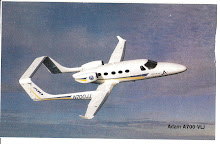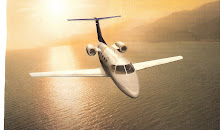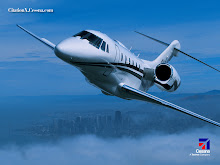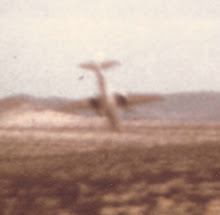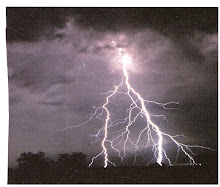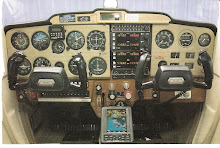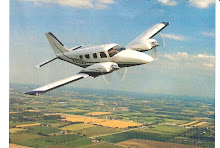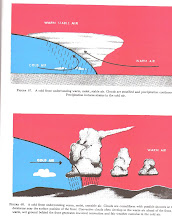Hi Readers:
Following my long hospital stay, delays in NTSB reporting of accidents, as indicated in May and June 2008, I'm having to struggle to keep current. May passed like a flash and it was well into July before all of the June accidents were accounted for. To make matters worse, the total, fatal and non-fatal picture does not look good to me.
For the moment, let's drop the incidents in consideration of just what they are -- accidents happening, reflecting current operations and considering many factors. Incidents having a trend of their own -- minor to fatal consequencies, yet replete with safety of flight considerations.
Now let's look at the years' accidents including June - we find a relative steady climb of total accidents in January of 84 to 137 in May and 114 in June. We find the same general climb of non-fatal accidents from January 0f 62 to 98 in May and back to 82 in June. For the same period the fatal accidents varied from 22 in January to 39 in May and back to 33 in June.
Those figures must be considered in light of two important factors, the estimated annual increases in flying (seasonal mainly), increases in Part 135 and Part 137 flying; and in Helicopter, Sport, and amateur-built aircraft flying - and also where we find increases in fatal accidents. In May for instance, Helicopter accidents increased from 9 to 12 (5 fatal accidents) and on June 29, 2008 two B407 medical evacuation helicopters managed to collide during the landing of both at the Flagstaff, AZ hospital in late afternoon with 6 reported fatalities. The NTSB is still investigating as they are in so many fatal accidents, many on foreign request, to accomplish their mission.
All of this, of course, in the face of several types of economic conditions - the increasing price of fuel, and increasing costs of doing business - both airline and GA and weather and alternative airport costs. And many of the pilot-operational problems are still with us. VFR flying into IFR conditions, mix of pilot proficiency between small jets and and reciprocating engine airplanes, lack of weather-flight analysis.
All of the accidents need investigating--we must get to the true cause factors. The cause of the accident was the one that made the accident inevitable - but there are many factors that played a part in the accident. We must know those factors as well. We must have more and current analysis of accidents - ferret out those accident factors and apply solid safety of flight actions.
We'll see what July brings. Thanks for listening.
Robert Shaw
Saturday, July 12, 2008
Subscribe to:
Posts (Atom)

